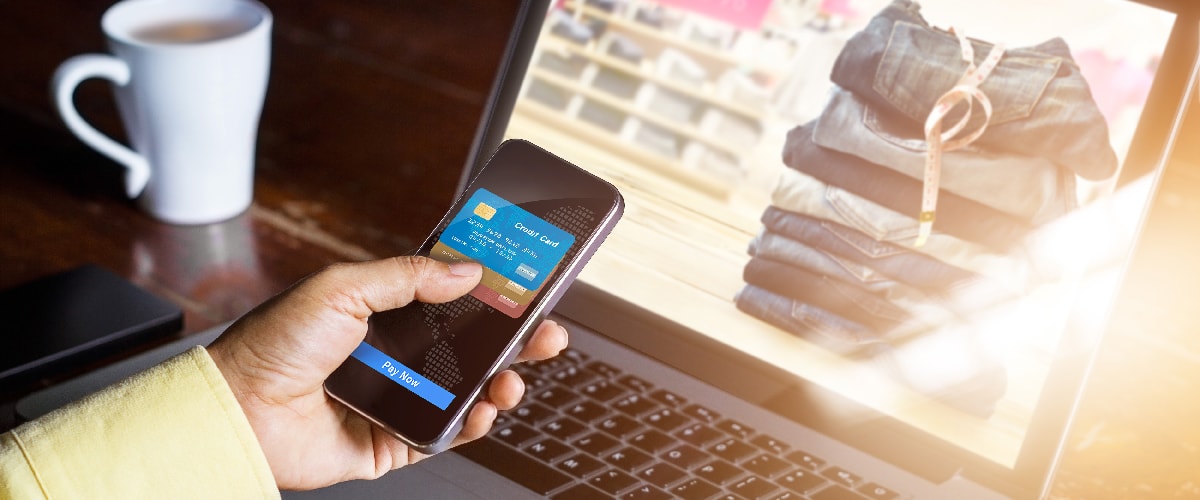 Web Content Viewer
Web Content Viewer
The Advancing Role of IoT in Retail

Internet of Things (IoT) devices, which create a network between internet-connected physical devices, are increasingly becoming adopted in the retail setting as a way to digitize the consumer shopping experience and streamline back-end operations. The global expansion of IoT technology in retail is expected to grow from 14.5 billion in 2020 to 35.5 billion by 2025.
Despite widespread worldwide economic uncertainty in the wake of the spread of COVID-19, shipments of IoT devices have grown to 10% more in 2020 and reached 718 million units.
IoT devices - like electronic tags, beacons, smart watches, and voice-enabled devices - have become a medium for consumers to make decisions about in store or online purchases, while collecting valuable data for retailers to utilize. Amazon’s Alexa is an example of reaching consumers in their homes and on-the-go, and more customers are becoming comfortable ordering from Amazon using voice-enabled devices. We’ve seen an overall increase in adoption of IoT devices as a way to shop, and brands will continue capitalizing on this to drive customer loyalty.
On the back-end, retail supply chains and stores have adopted IoT devices as a way to streamline operations, such as using IoT devices to track shipments and returns, provide real-time analytics, and automatically send inventory alerts. Warehouse sensors and point-of-sale (POS) systems are also examples of IoT devices in retail that can collect important customer or product data, allowing retailers to optimize their processes and improve the shopping experience.
IoT has already proved to be transformative for the customer experience, but there’s still a way to go before we see a larger impact throughout the industry. Voice-enabled devices will have a huge effect on how we shop, especially as voice is embedded into IoT-enabled home devices like smart refrigerators, washing machines, etc. where consumers would be able to restock right as they notice supplies – such as detergent or milk - are running low. In the store, IoT devices that track inventory and products at the point-of-sale can automatically collect important customer data to be analyzed, improving business insights for retailers and increasing processing speed.
While Alexa and other smart tools are probably the best example of a brand capitalizing on IoT in retail, IoT-enabled sensors are being embedded in the supply chains of many competing retailers. To keep up with today’s expectations of fast shipping, the smart warehouse has been a way for retail chains to optimize supply and demand and process shipments quicker. Other brands have experimented with the idea of IoT-enabled smart or cashless stores, creating an instant and digital shopping experience for customers even if they want to go into the physical store to shop.
The challenges of implementing IoT in retail are similar to the challenges that retailers face when implementing other emerging technologies, such as operational changes, cost and support from leadership, and privacy and security. While IoT has the potential to increase efficiencies and lower costs in the long term, technological change is incremental, and the reality for many retailers is that utilizing IoT-enabled devices across the organization isn’t a possibility yet, especially as many retailers struggle to survive in the current economic climate. Additionally, without C-suite support for IoT implementation, it will be hard to see industry-wide adoption.
Privacy and security are also a challenge to IoT because the very nature of these devices is to primarily collect and track data. It’s paramount that retailers not only make compliance and security a top priority in the implementation of IoT, but gather buy-in from consumers for sharing their data – minimizing privacy concerns and improving overall transparency.
Maggie Kelleher
Director of Business Development
Director of Business Development
Comments
By using this site you agree to our Privacy Policy and our Terms of Use.
120 Comac Street
Ronkonkoma, NY 11779
Ronkonkoma, NY 11779
 | Vormittag Associates, Inc. ©2025 |
| Vormittag Associates, Inc. ©2025 |